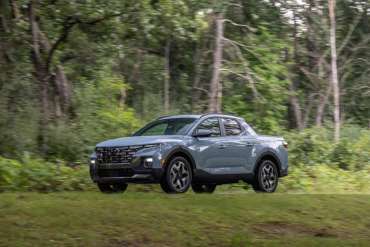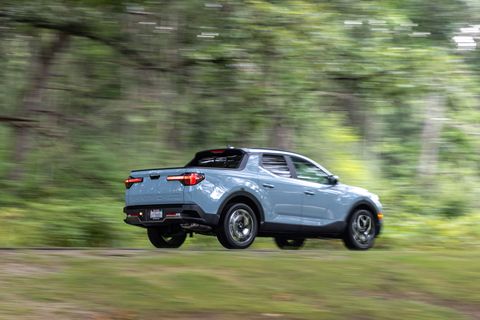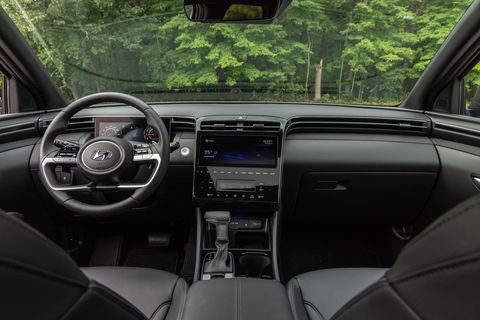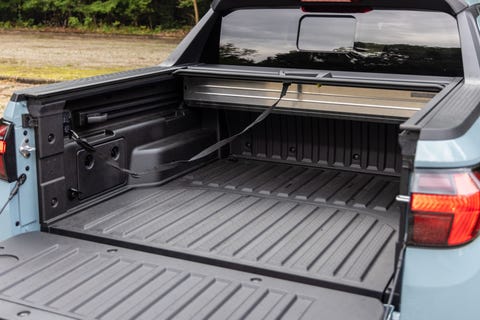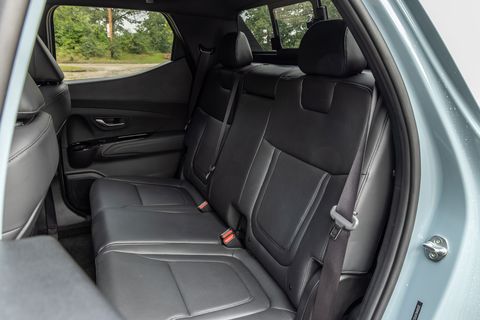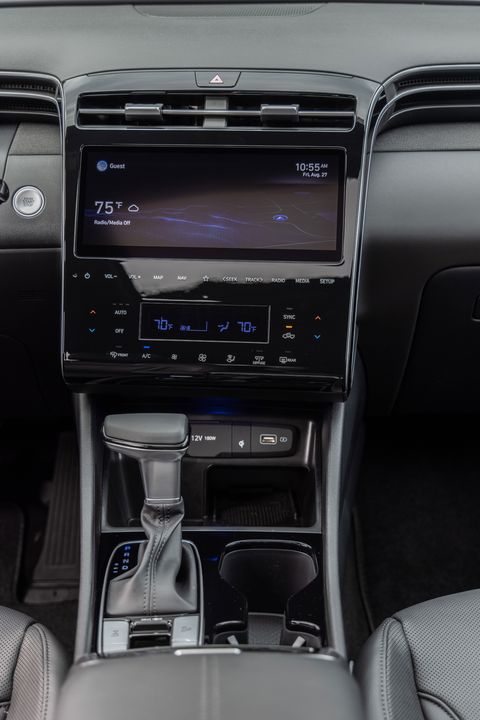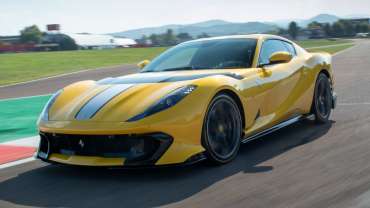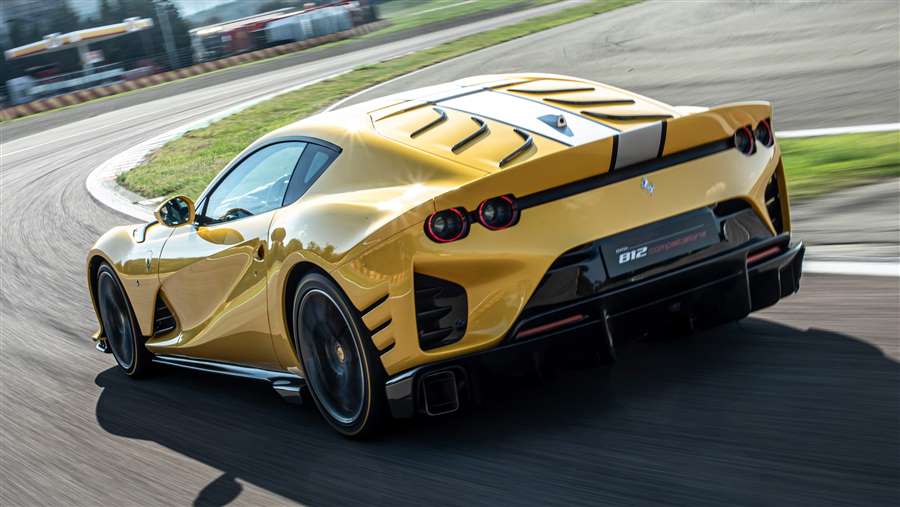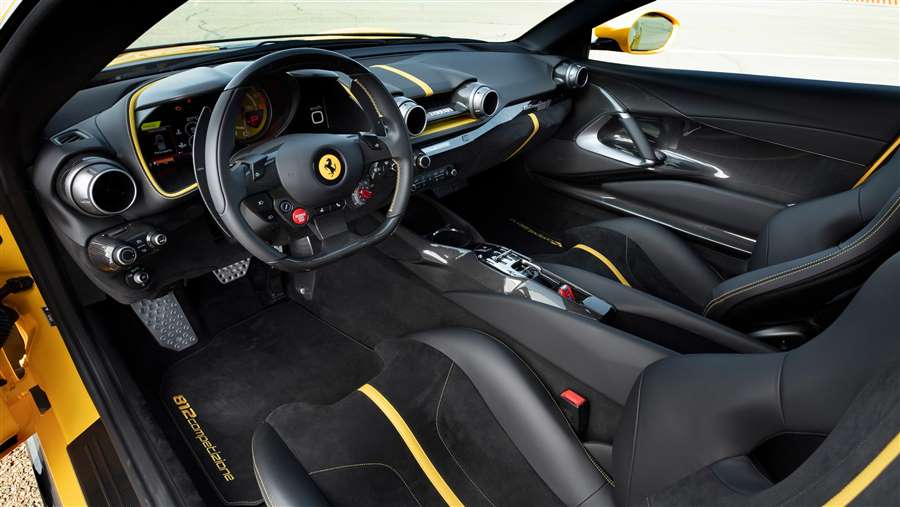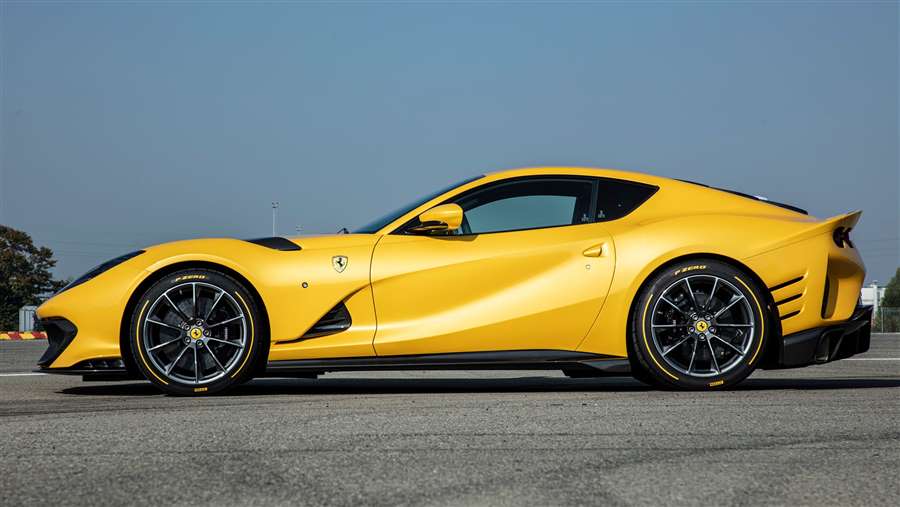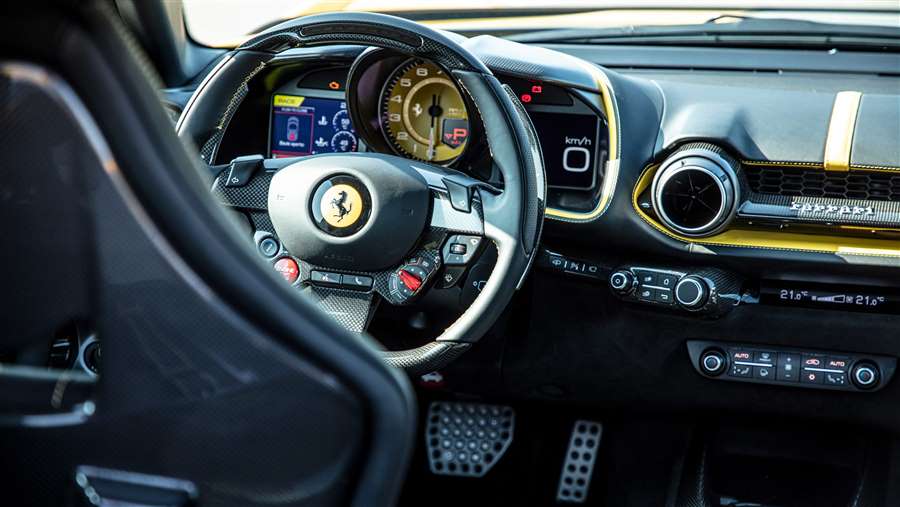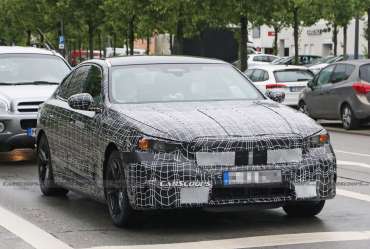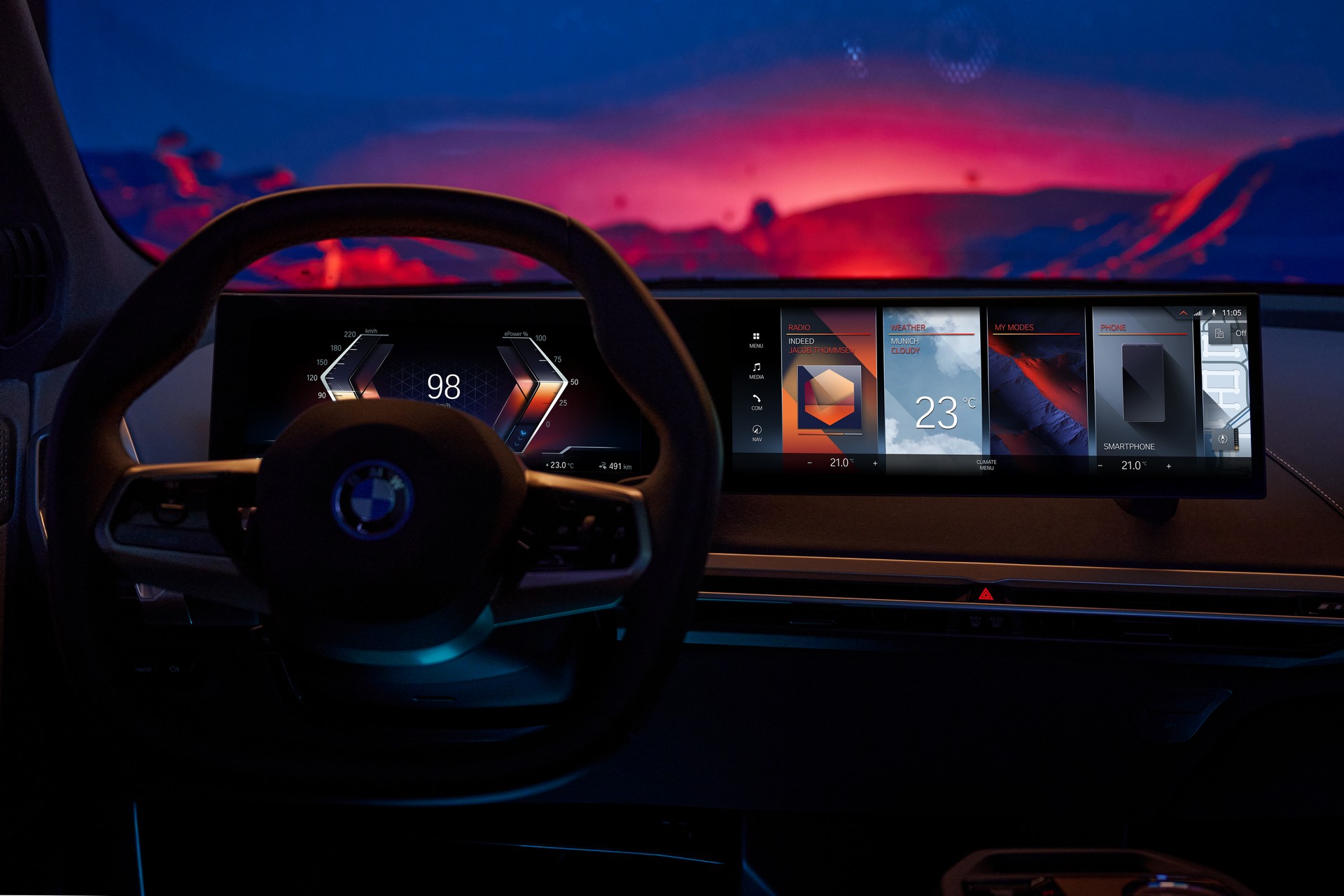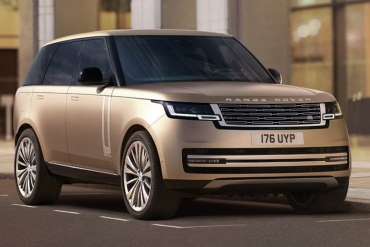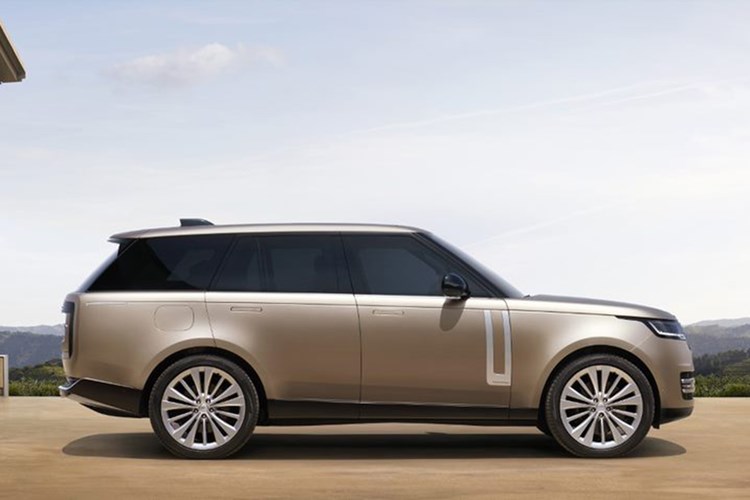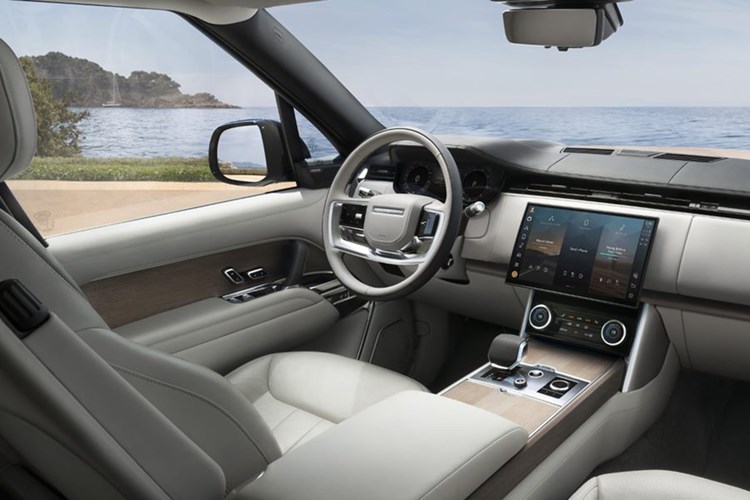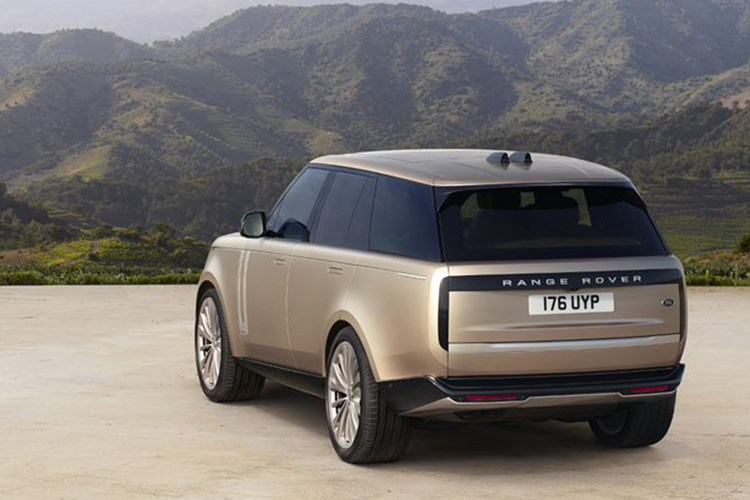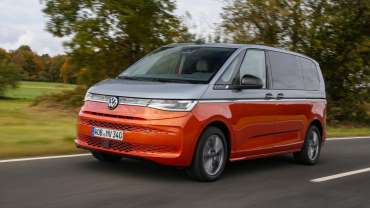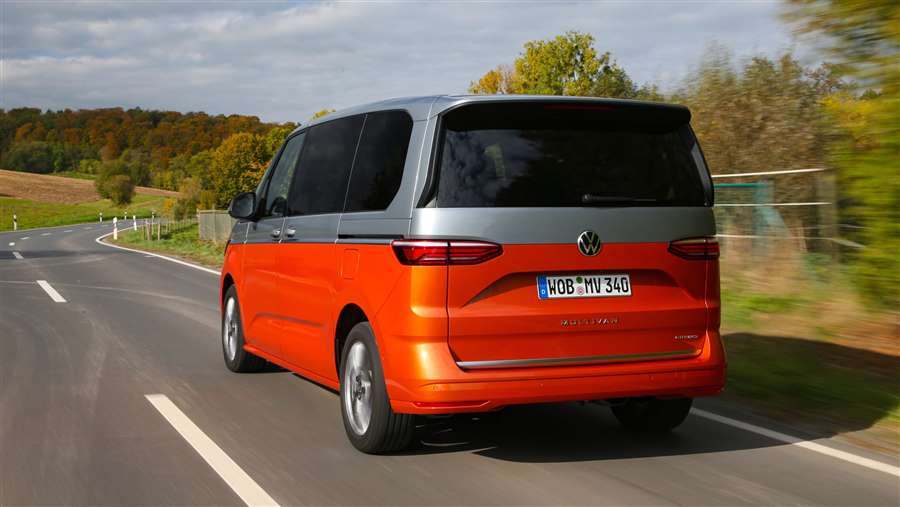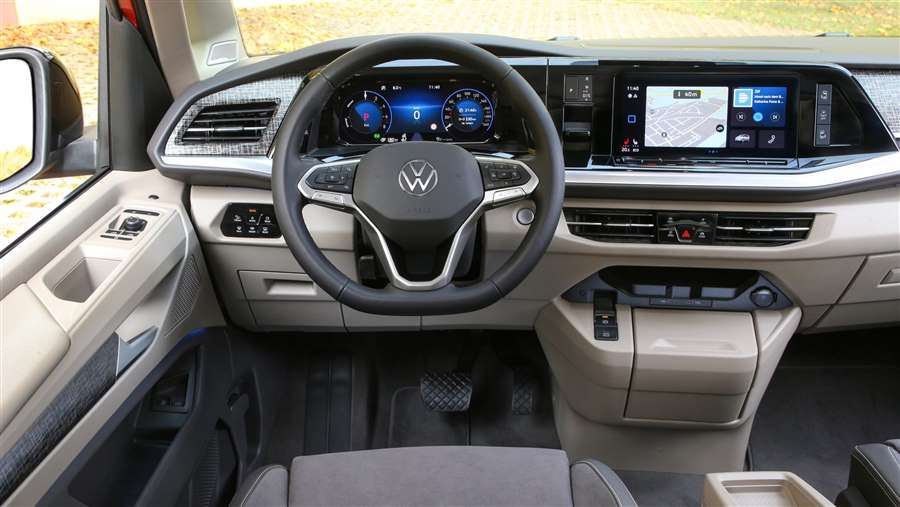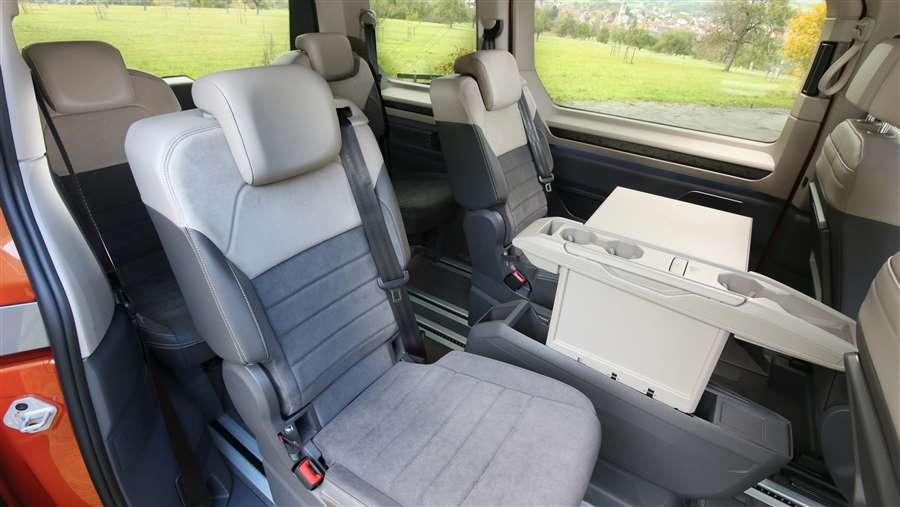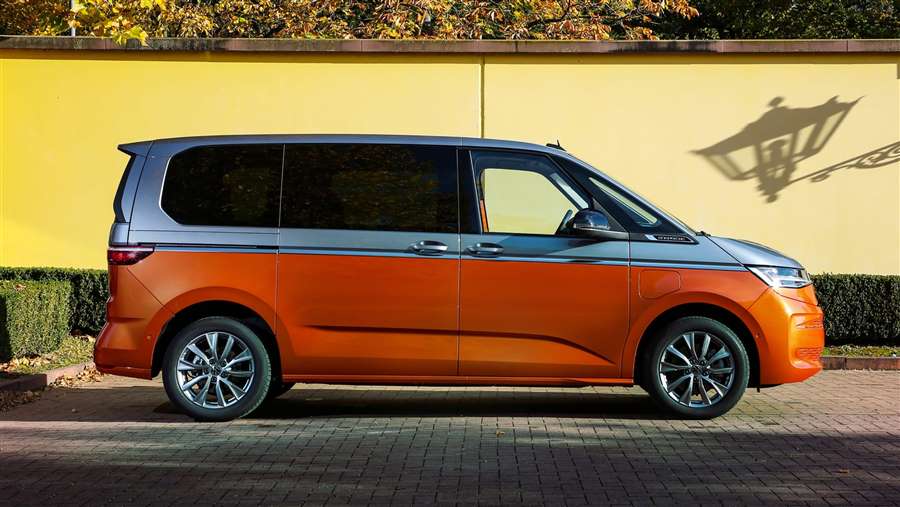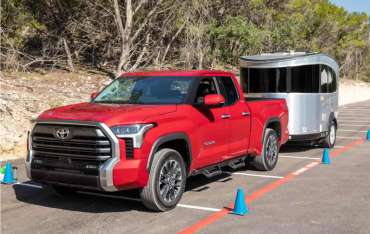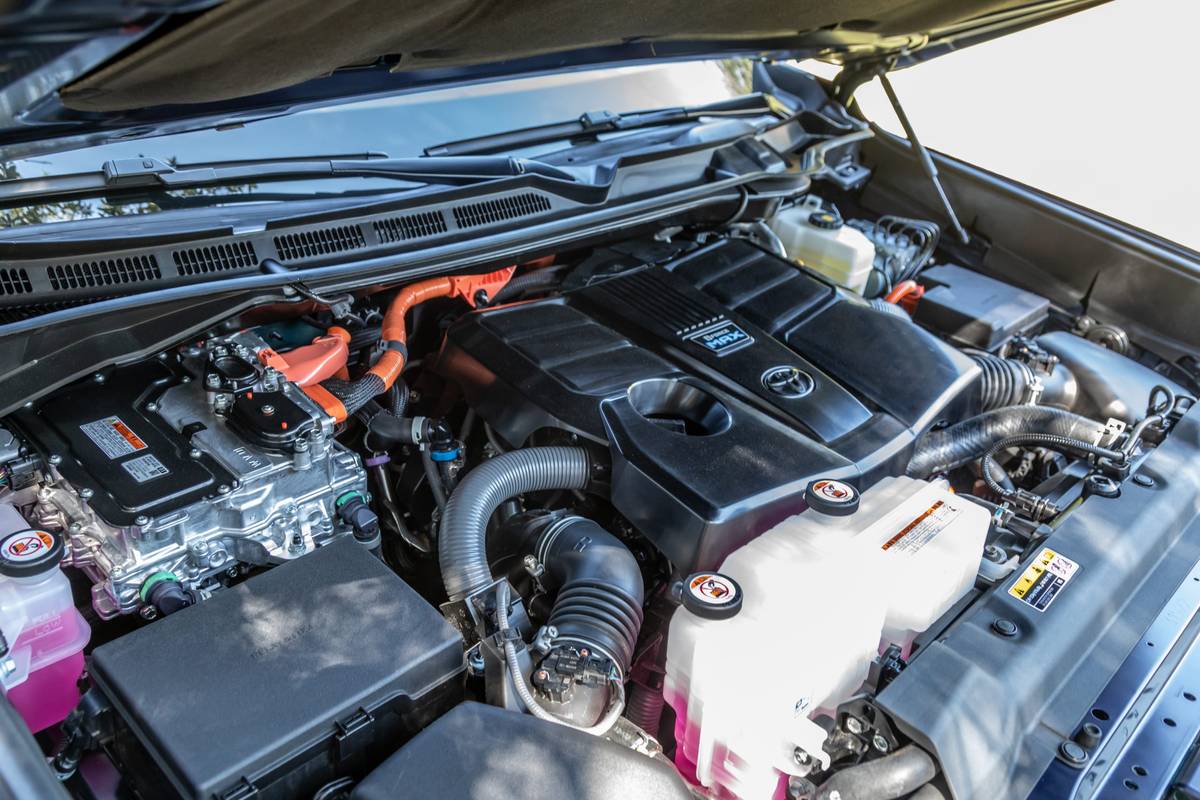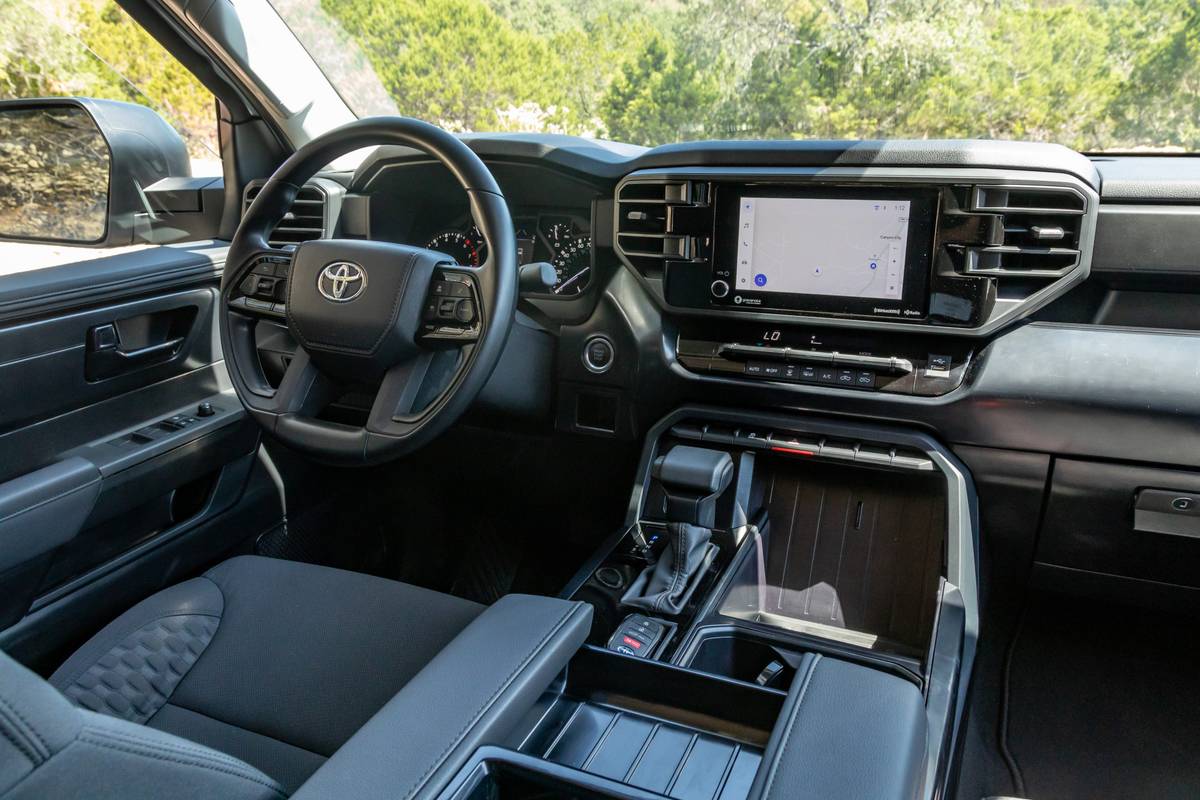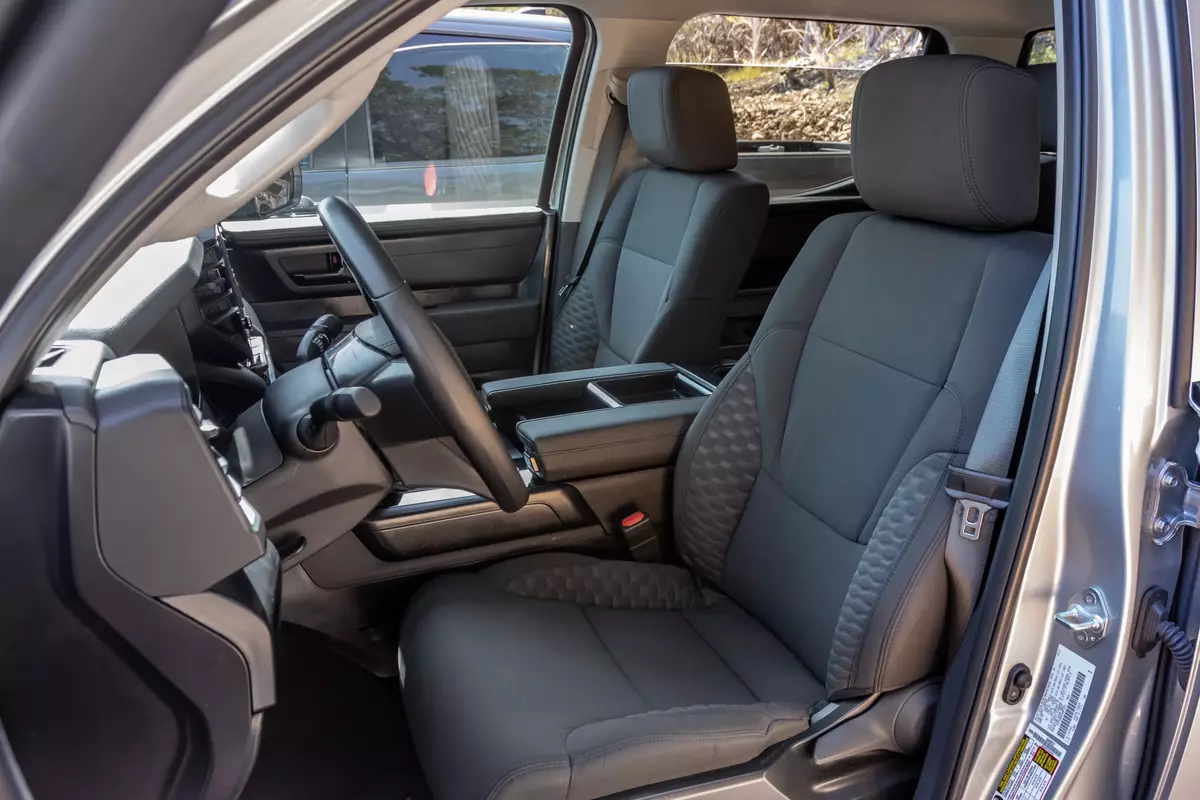The verdict: Redesigned at long last, the 2022 Toyota Tundra pickup truck prioritizes improvements for the many over novelties for the few. The lack of the latter may limit its ceiling for success, but core half-ton shoppers should find plenty to like.
Versus the competition: The new Tundra doesn’t offer the sky-high payload or towing packages, advanced driver-assist tech or sumptuous interiors you’ll find in certain other trucks. But it does spread plentiful features and excellent powertrains across all trim levels.
Fully redesigned for the first time in 16 model years, the 2022 Tundra comes in two cabs, three bed lengths, two powertrains and rear- or four-wheel drive. Trim levels and suspensions number a half-dozen each. At Toyota’s press preview in San Antonio, I spent a jam-packed day evaluating six Tundra configurations.
I’ll refer often to specific configurations, so here’s a cheat sheet up front:
- Trim levels: In ascending order, trims are the SR, SR5, Limited, Platinum, 1794 Edition and TRD Pro.
- Cabs and beds: The Tundra’s extended cab, called Double Cab, has four forward-hinged doors and 6.5- or 8.1-foot beds. The crew cab, called CrewMax, comes with 5.5- or 6.5-foot beds, the latter a first for the CrewMax. A regular (single) cab remains unavailable, as no Tundra has offered it since 2017.
- Drivetrains: Gas-only or hybrid V-6 powertrains, both turbocharged, pair with a 10-speed automatic transmission and rear- or four-wheel drive. The hybrid comes only on the CrewMax.
- Suspensions: Passive shock absorbers with coil springs all around are standard. Rear air springs are optional, as are rear air springs with four-corner adaptive shocks. (You can’t get the adaptive shocks with rear coil springs.) Finally, three packages from Toyota Racing Development — the racier TRD Sport, trail-oriented TRD Off-Road and rock-crawling TRD Pro — build off the passive shocks and coil springs. The TRD Pro is its own trim level, while the TRD Sport and TRD Off-Road are optional packages available on select other trims.
Toyota officials said the gas-only Tundra goes on sale in December, with the hybrid coming in spring 2022.
I seldom dwell on vehicle design, but the Tundra’s hood-engulfing grille deserves discussion — or, more specifically, its framework does. Hung in contrasting color above a black lower bumper on most configurations, the frame looks like a squashed arch that runs into a black abyss. The abyss — sorry, bumper — forms a chin so prominent it seems single-handedly responsible for the 2022 Tundra’s roughly 5 inches of additional length. (Indeed, those gains are all from overhang; the wheelbase for most versions is unchanged.) It’s worth noting that mammoth grilles haven’t stopped recent Toyota models from selling like gangbusters; you can’t say the automaker played it safe.
Engines and Transmissions
Gone is the Tundra’s longstanding 5.7-liter V-8, replaced by a turbocharged 3.5-liter V-6. It’s distinct from the turbocharged V-6 of similar displacement used in Toyota’s Lexus division, officials told me, and it makes 389 horsepower and 479 pounds-feet of torque. The hybrid powertrain, which Toyota markets as i-Force Max, sandwiches an electric motor-generator and clutch into the bell housing between the engine and transmission, with combined output of 437 hp and 583 pounds-feet. The electric motor draws power from a nickel-metal-hydride battery under the rear seat, and officials said both powertrains make their advertised outputs on 87-octane gasoline.
You won’t miss the V-8. The turbocharged V-6 is as potent, pushing the Tundra to highway speeds in scant time, complete with whooshing turbochargers. Accelerator response from a stop is fairly lag-free, and engine rpm builds quickly thereafter. This is as formidable as the Ford F-150’s turbocharged 3.5-liter V-6 or the Ram 1500’s 5.7-liter V-8, to name two solid rival powertrains. And Toyota expects 20 mpg in EPA-combined fuel economy for the gas-only rear-drive Tundra. That’s competitive with similarly powered pickups, should the EPA corroborate.
If there’s any weak link, it’s the 10-speed automatic. A first for any Toyota-branded vehicle in the U.S., the 10-speed enables short gears and quick revving, but I detected a couple of clunky upshifts and consistent hesitation to downshift while already in motion. Light throttle brings single-gear kickdown without too much delay, but harder acceleration at highway speeds — shooting a gap in the passing lane to pass slower traffic, for example — incurs delays of 2 seconds or more in the driver-selectable Normal or Sport modes.
Toyota’s a repeat offender for kickdown lag, and so it goes here. The 3.5-liter feels strongest at mid-to-high rpm, but the 10-speed delays getting there for too long. I’ve clocked half the kickdown time from the Chevrolet Silverado 1500’s excellent 10-speed; Toyota’s unit needs work.
A brief drive in the Tundra hybrid showed more decisiveness from the 10-speed — kickdown comes a little sooner, though it remains slow overall — along with even more power, particularly off the line. Toyota claims the hybrid is capable of electric-only power propulsion at speeds up to 18 mph, but it’s hard to distinguish between electric and engine power. Most of the time they seem to be working together, a characteristic I’ve also observed in Cars.com’s long-term F-150 hybrid.
Ride and Handling
The new Tundra shares underpinnings with the redesigned Land Cruiser, an SUV slated for international markets but not here. That means a fully boxed frame instead of the outgoing Tundra’s rear C-channels, plus rear coil springs in place of leaf springs. Options include air springs in back and adaptive shocks all around, the latter a worthwhile upgrade for body control.
The air springs and passive shocks grant acceptable unloaded ride quality, with soft impacts but a degree of jittery reverb on par with most other body-on-frame pickups. (Adding payload can often improve how pickups ride, but I didn’t evaluate a Tundra thus outfitted.) The adaptive shocks clean up the jitters appreciably, though not completely, with a driver-selectable Comfort setting that mutes impact harshness further. At that, the Tundra approaches the very good ride quality in the light-duty Silverado and GMC Sierra in no small part because Toyota doesn’t pair the adaptive shocks with massive wheels and comfort-sapping, low-profile tires. Rims top out at a relatively modest 20 inches, with the accompanying tires a high-profile P265/60R20 spec. Most trim levels, including every example I tested, have that setup, though lower trims and select TRD models can come with 18s.
Available in the Tundra SR5, the TRD Sport Package has a sport-tuned version of the passive shocks and coil springs. I sampled one, and it’s not too hardcore — a touch more turbulent but still comfort-tuned, with steering too numb and slow-ratio to deserve much fun-to-drive billing. With 20-inch wheels, body-colored cladding and a half-inch lower ride height, it’s mostly an appearance package.
Off-Road
Available on several trim levels, the TRD Off-Road Package pairs 20-inch wheels (18s on the SR5) with Bilstein monotube shocks instead of the standard twin-tube dampers. It also gets skid plates, mud guards, a locking rear differential and, if you get one with 4WD, a terrain-selection controller that optimizes various drive settings for the conditions outside. The 4WD TRD Off-Road also gets Toyota’s Crawl Control, a system popularized on the Tacoma mid-size pickup that can manage throttle for a constant, selectable speed. (You can also get the TRD Off-Road without 4WD, where it amounts mostly to an appearance package.)
On a wooded off-road course, a 4WD Limited model with the TRD Off-Road Package and Falken Wildpeak all-terrain tires managed the hilly terrain with little drama. Crawl Control bogged down a few seconds if I dropped an axle into something deep, then applied dogged throttle to get moving again. It did so without palpable wheel slippage at any corner even over some uphill rock facings without the rear locking differential engaged. With the lock engaged, the Tundra crawled off-kilter over half-buried logs with minimal wheel spin.
Want more? The TRD Pro gets 2.5-inch Fox internal-bypass shocks (the Bilsteins are 1.8 inches, by contrast), a 1.1-inch front suspension lift and a 20% stiffer front stabilizer bar. It also gets unique underbody protection for the engine, fuel tank and transfer case. Built off the Tundra Limited, the TRD Pro has 18-inch wheels with 33-inch, P285/65R18 Falken Wildpeaks — the widest of any Tundra tire. Approach and departure angles are 26.2 and 24.2 degrees, respectively, on the TRD Pro, up from 21 and 24 degrees for other trims. Note, however, that those approach angles are shallower and result from the increased overhang mentioned above: In 2021, lower-level Tundras had a 26-degree approach angle, though the departure angle was only 16 or 17, trim depending. Only the 2021 TRD Pro had a generous 31-degree approach angle and 17-degree departure angle.
Towing and Payload Capacities
Towing and payload capacities improve over the outgoing Tundra, but they can’t touch the maximum packages offered elsewhere. Payload maxes out at 1,940 pounds for the 2022 model, up from the outgoing generation’s 1,730 pounds but well short of the Silverado 1500 (2,280 pounds), Ram 1500 (2,300) or F-150 (a bonkers 3,325).
A trend among redesigned pickups is a gaggle of bed innovations ranging from useful to gimmicky. Toyota didn’t throw much at the wall, at least from the factory. The new Tundra features no onboard generator, multifolding tailgate or in-bed trunk, though a purported 51 new or redesigned accessories (plus 64 carryovers) might have a surprise or three. Higher trim levels have a nifty release button tucked into the taillights, which you can elbow to drop the tailgate if your arms are full. (See, there’s something!)
More important is the Tundra’s newly standard, aluminum-reinforced composite bed material, which might save some shoppers the expense of adding a separate bedliner. Toyota says the material resists dents and corrosion better than steel or aluminum; indeed, its gritty, spray-in feel seems moderately durable. Regardless, shoppers with serious hauling needs may want to get a liner atop this, as the material doesn’t extend up the sides.
Maximum towing capacity for the 2022 Tundra increases to 12,000 pounds under SAE International’s J2807 standards. That’s a healthy gain over the prior generation’s 10,200 pounds but short of the Detroit Three competition (12,750 to 14,000 pounds, depending on truck). Available towing aids for 2022 range from rear-facing trailer lights on the optional tow mirrors to Straight Path Assist, a system that can automatically steer the Tundra while backing up to keep your trailer in a straight path; it’s similar to the F-150’s Pro Trailer Backup Assist. I sampled SPA with a short trailer hitched astern, and it mitigates the dreaded jacknife to back up straight, provided you line the trailer up beforehand in the intended direction. Adjusting your heading is possible, but expect a learning curve.


